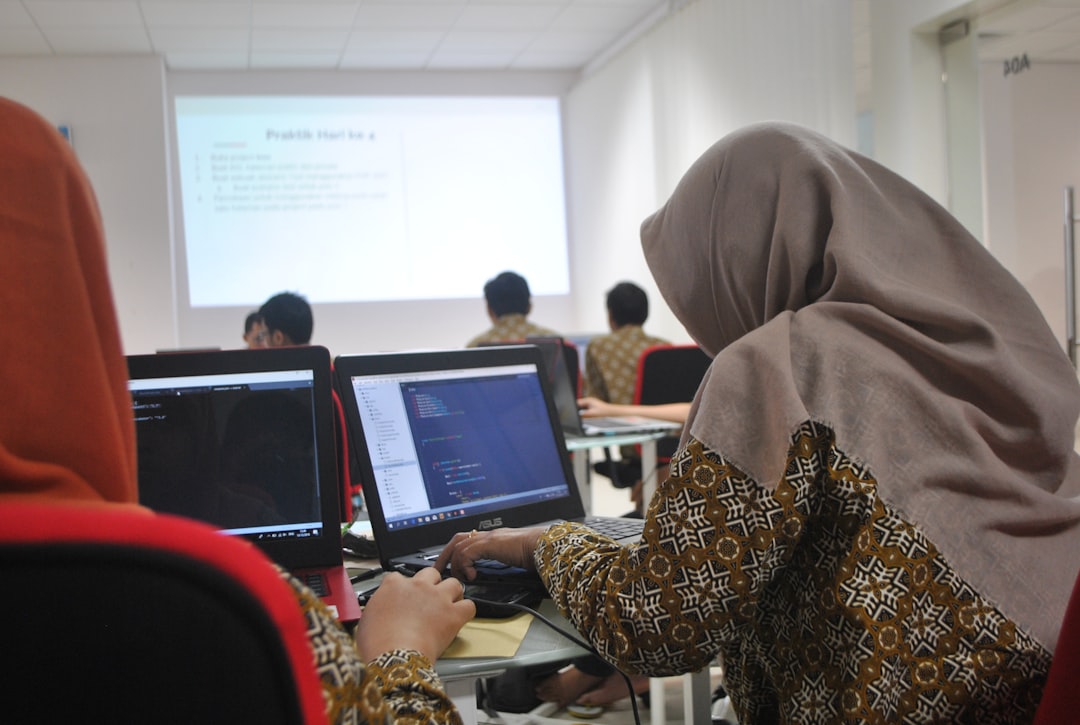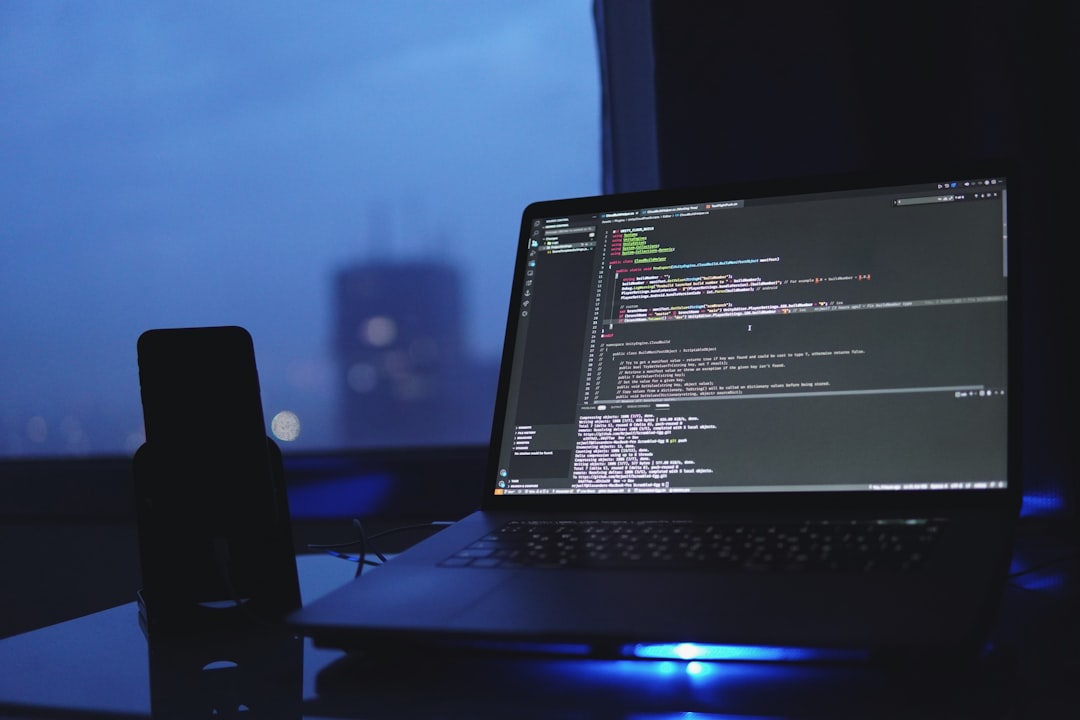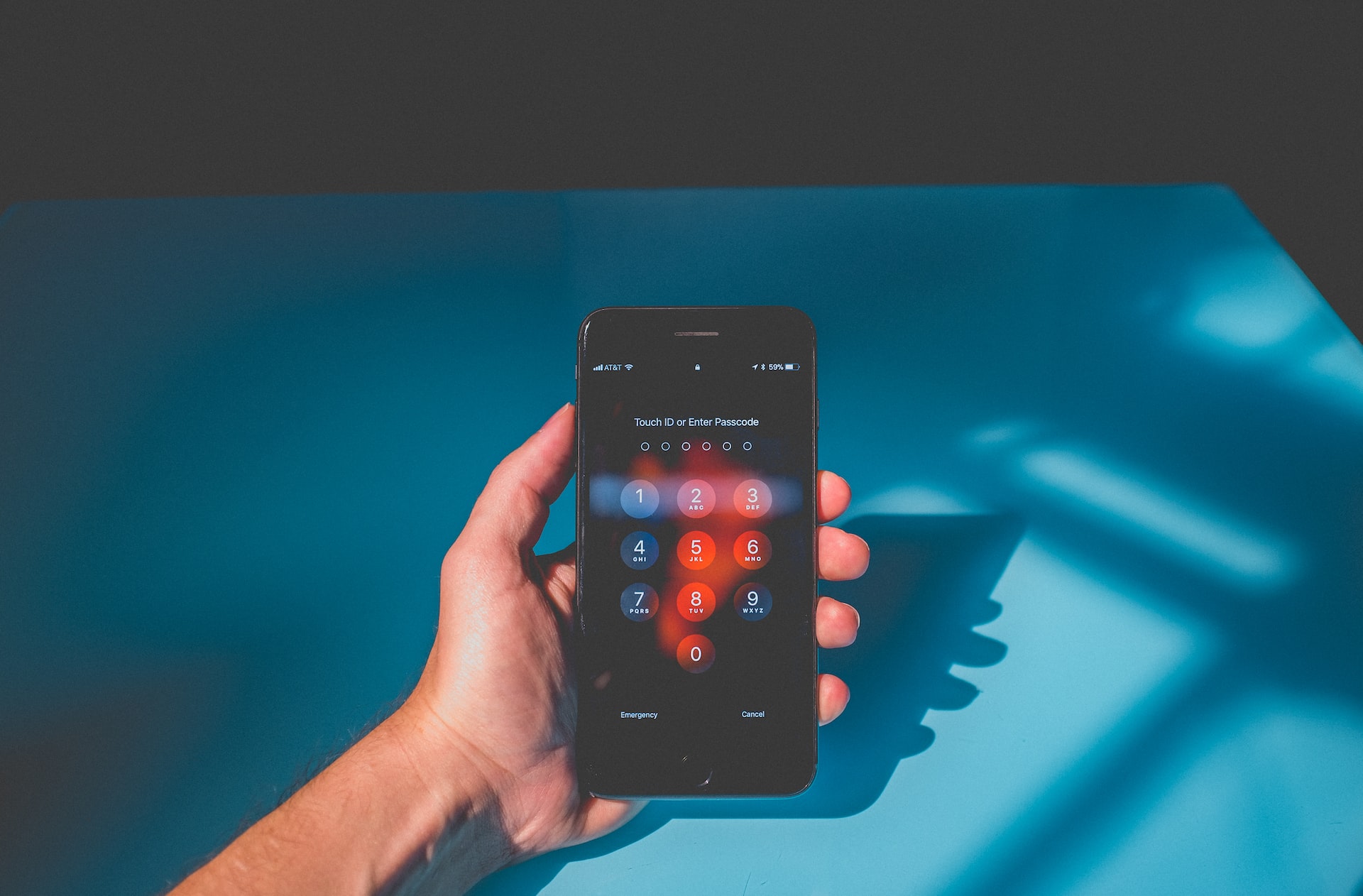In today’s digital landscape, cybersecurity awareness is more crucial than ever. With organizations increasingly relying on technology, employees play a vital role in safeguarding sensitive data. The Cyber Awareness Challenge 2025 is designed to educate individuals about potential threats and best practices for ensuring digital security. Understanding the answers and key concepts of this challenge can significantly enhance an organization’s defense against cyberattacks.
Why Cyber Awareness Matters
Cyber threats are evolving, and attackers are becoming more sophisticated in their methods. Every employee, regardless of their role, holds responsibility for data protection. A single mistake, such as clicking on a malicious link, can lead to severe breaches, causing financial loss and reputational damage. The Cyber Awareness Challenge serves as a preventative tool, guiding employees in recognizing and mitigating risks.
Key Topics Covered in the Challenge
The Cyber Awareness Challenge 2025 focuses on several critical areas that employees must understand to enhance cybersecurity. Here are some of the key topics covered:
- Phishing Attacks: Recognizing suspicious emails, messages, and links that aim to steal personal or company data.
- Strong Password Practices: Implementing complex passwords and using multi-factor authentication (MFA) to enhance security.
- Social Engineering: Understanding manipulative tactics used by attackers to trick employees into divulging sensitive information.
- Insider Threats: Identifying and preventing security risks originating from within an organization.
- Safe Browsing Practices: Avoiding unsecured websites and the dangers of downloading unknown files or applications.

Understanding Common Answers to the Challenge
While the challenge questions may vary, the following are some common themes that often appear in the assessment and their ideal responses:
- Identifying a Phishing Email: Employees should check for unfamiliar senders, grammatical errors, or urgent requests for personal information. The correct response is not to click on any links and report the message.
- Choosing a Secure Password: A strong password consists of at least 12 characters, including uppercase and lowercase letters, numbers, and symbols. Employees should also use unique passwords for different accounts.
- Handling Sensitive Data: Always encrypt confidential data before transmitting it and store it securely. Access should be restricted only to authorized personnel.
- Recognizing Social Engineering Attempts: If approached by someone requesting sensitive information, verify their identity before sharing any details. Never share passwords or confidential information through unsecured channels.
- Device Security: Employees should ensure that all company devices are encrypted, updated regularly, and protected with security software.
Practical Steps to Stay Cyber-Secure
Being cyber-aware is not only about answering assessment questions correctly; it’s about practicing good security habits daily. Here are some essential steps employees should follow:
- Think Before You Click: Always double-check links and attachments before clicking, even if they appear to come from a trusted source.
- Use Updated Software: Ensure all operating systems, security programs, and applications are up to date to defend against vulnerabilities.
- Be Cautious with Personal Information: Never share sensitive company details through phone calls, emails, or social media unless verification is complete.
- Lock Devices When Unattended: Whether it’s a work computer or mobile device, always lock the screen when stepping away.
- Report Suspicious Activity: If something seems unusual, report it to the IT or security team immediately.

The Importance of Regular Cybersecurity Training
Cyber threats are constantly changing. Continuous education through regular cybersecurity training and awareness programs ensures that employees remain alert to new risks. Organizations should conduct routine training sessions and refresher courses on best practices.
By fostering a culture of cybersecurity awareness, businesses can strengthen their defense mechanisms, reduce the likelihood of breaches, and ensure data remains safe.
Conclusion
The Cyber Awareness Challenge 2025 is more than just a mandatory quiz—it is a valuable educational tool that equips employees with the knowledge to recognize and prevent cyber threats. While knowing the answers to the questions is helpful, applying these principles in daily work life is what truly makes an impact. Each employee plays a key role in their organization’s cybersecurity, and by staying informed and proactive, they can contribute to a safer digital environment for all.
